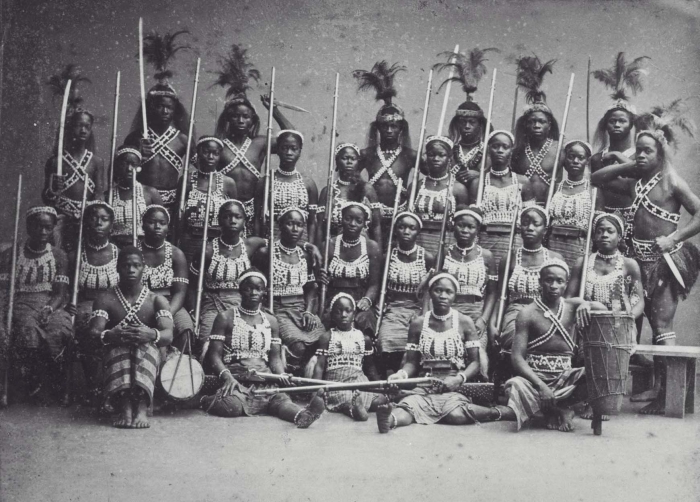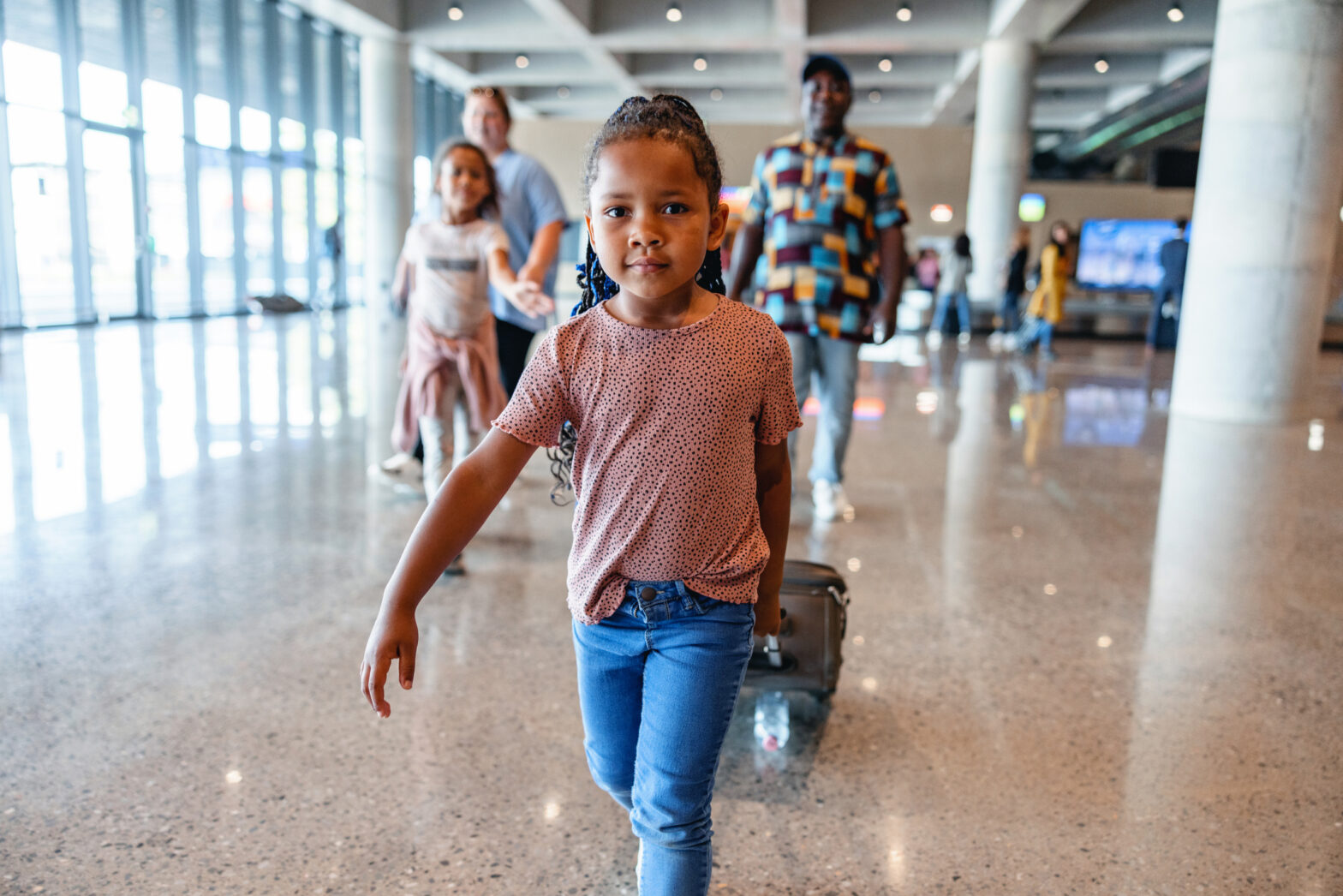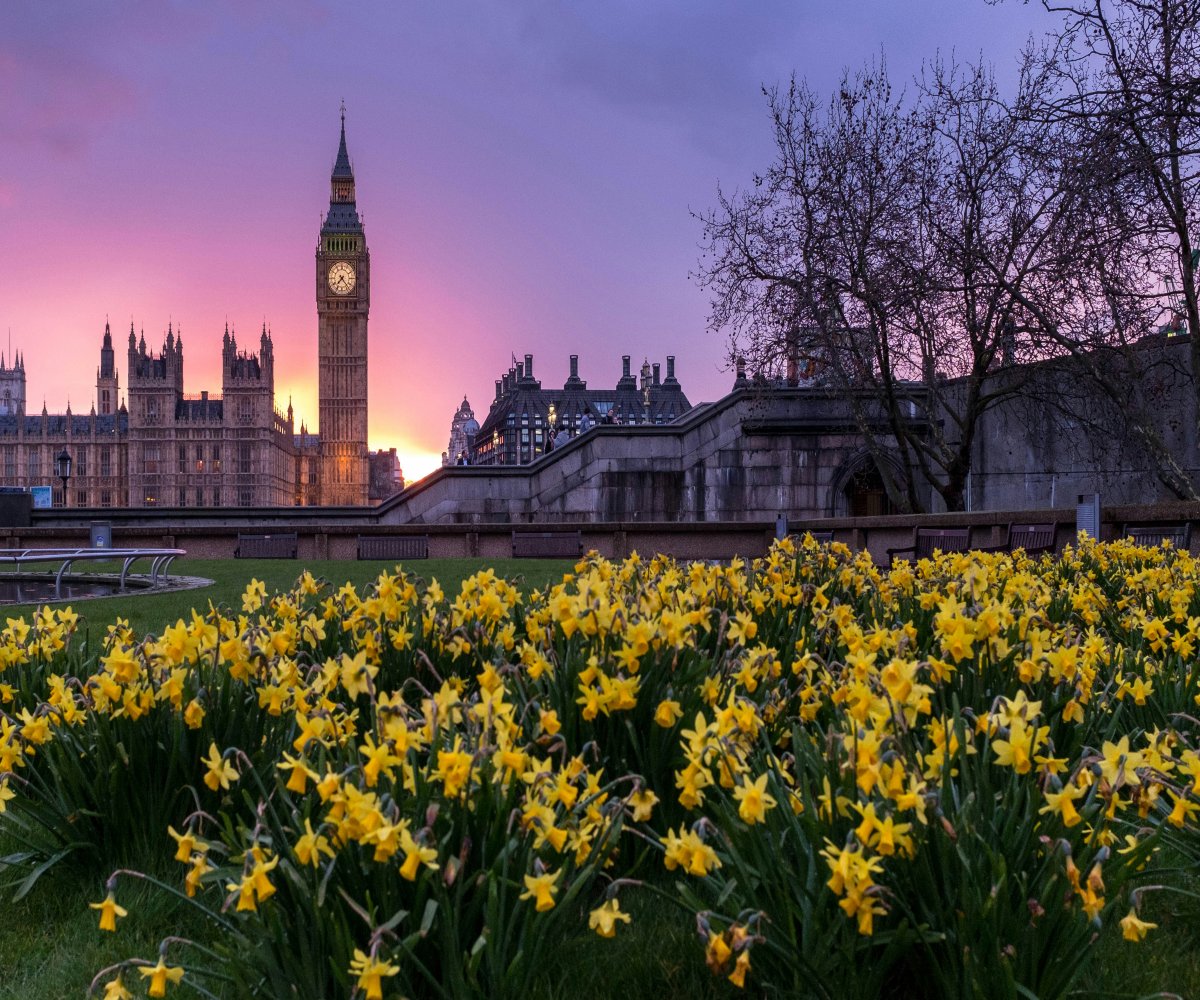Throughout much of the nineteenth century, Dahomey (present-day Benin) was one of the richest and most powerful kingdoms in Africa. Its army at this time was estimated to number some twelve thousand soldiers. However, this African kingdom had a unique characteristic. Dahomey’s army was also constituted by four thousand female Agoodjie warriors also known as the Black Amazons of Africa.
Originally named as Agoodjie in Fon language (meaning the last defense before the king) the Black Amazons of Dahomey represented one of the army’s elite corps, serving as the king’s palace guards and forming a special phalanx that accompanied the monarch into battle.
Despite France conquering Dahomey in 1894, after two wars in a period of four years, the ferociousness of the Agoodjie batallion, who made up 1/3 of the African country’s troops throughout the 19th century, impressed visitors and foreign soldiers.
After the release of Marvel’s Black Panther, which featured the Dora Milaje, many speculated about their inspiration. However, it seems clear that one of their main antecedents was the Agoodjie warriors, as Time Magazine reported.
The Black Amazons of Africa were recruited and trained from early childhood. Their fierce training turned them into more efficient warriors than men. During warfare, they were merciless, to the point that they would behead anybody who resisted them.
“The value of Dahomey’s Amazons is real. They were trained from their childhood with harsh physical exercises, and they were constantly encouraged to wage a war. The Amazons engaged in battles with a real fury and a bloodthirsty ardour, inspiring with their courage and their indomitable energy the troops that followed them,” wrote French Major Léonce Grandin, who released Le Dahomey: À l’Assaut du Pays des Noirs, in which he analyzes the war he fought against the Dahomey.
“Remarkably brave”, “extraordinary for their courage and ferocity” and “savage tenacity” are some of the characteristics attributed to them by French fighters in diaries written in the heat of battle.
The female soldiers and officers of Dahomey’s army owned slaves, lived in the king’s palace, and were so respected and powerful that when they walked the streets, ordinary men had to step back to clear a path and look the other way. They wore uniforms, carried flags and sang hymns.
Women fighting in armies were nothing new in human history.
Take Joanna D’Arc, for example. But an army of women was something that was never seen before and intrigued many.
Some historians still debate the origin of the army of women. Researchers point Tassi Hangbé, the only stateswoman to rule the Kingdom of Dahomey (1708 to 1711), as the queen who created the Black female army.
However, the first reports of female soldiers in Dahomey date back to the 1830s. S
The last time they entered a battlefield was in 1894, when France won the second Franco-Dahomey War and subjugated the African kingdom.
Dahomey was proclaimed a French protectorate, and by the end of 1897, the French controlled the entire territory of
the present-day Republic of Benin, which they called the colony of Dahomey. They installed Behanzin’s half-brother, AgoliAgbo I, on the throne, only to depose and exile him and appoint a powerful French governor. In 1904 the colony of Dahomey was integrated into the federation of French West Africa.
Ignored for more than 150 years, the Agoodjie Warriors are steadily becoming regarded as a symbol of female emancipation. After being neglected, they are now gradually being honored.





